A creative career path can take wildly unexpected turns. Where we start as artists isn’t always where we end up—just ask Takayuki Sato, a motion designer and art director based in Japan.
Best known for his work on title sequences for Captain Marvel, Oblivion, Aquaman and more, Sato has spent most of the last decade building his creative team, OTAS.TV, into an industry leading VFX, animation and design studio.
Maxon recently spoke with Sato about his work, particularly how he and his team used Cinema 4D and Redshift to create an experiential VR video called Sky Bridge for the Saitama City Space Theater planetarium near Tokyo.
We were joined by one of Sato’s colleagues, Ayana Kubota, who played a critical role in making the video, which was directed by LIL, a visual arts studio led by Daisuke Hashimoto.
Logan Baker: Tell us a bit about yourself and how OTAS.TV came to be.
Takayuki Sato: I became very interested in music composition and computer graphics when I was a student. I decided to enter the video and computer graphics industry in Japan in the late ’90s, when I came across a number of title sequences created by Kyle Cooper. I then moved into the design and motion graphics industry, believing that design skills were necessary to create title sequences.
After about six years in Japan, I moved to the US in 2004. At first, I could barely understand English, and spent a few years starting over as a student. But with the support of the people around me, I was able to start working in the U.S. in 2006. A few years later, in 2009, I had the opportunity to speak with Kyle—who was the catalyst for my career—and I joined Prologue.
From there, I was able to work on a variety of titles and VFX productions for Hollywood movies, TV and games. Since returning to Japan in 2013, I have continued to be involved in both domestic and international work.
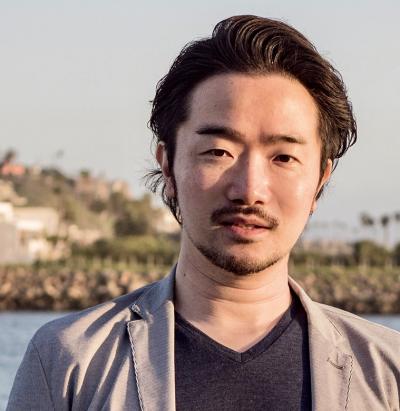
As for OTAS.TV: my name is Sato, so I came up with the name OTAS [“SATO” in reverse]. I could not imagine I’d still be using OTAS.TV about 20 years later, but as I continue my activities, I’ve been able to be involved in various projects and to work with my friends along the way.
LB: You’ve worked on many iconic title sequences over the years.
Sato: That is thanks to Prologue and my colleagues at Elastic and Filmograph, with whom I have been working since I returned to Japan. I have more than 20 years of experience, but it wasn’t until I came to Prologue that I started working on film title sequences. I wouldn’t be where I am today if it were not for my colleagues who invited me to work on these projects. So when I’m invited, I try to make the best use of my experience to bring it to the final stage in the best possible way.
LB: Tell us a little about Sky Bridge?
Sato: I met Ryota Izutsu, a producer at LIL, before this project started, which is partly why we were involved. This project is part of the Japan Foundation's International Creations in the Performing Arts. It was set up to produce an original dome video work for a planetarium near Tokyo that fuses Japanese and Brazilian cultures.
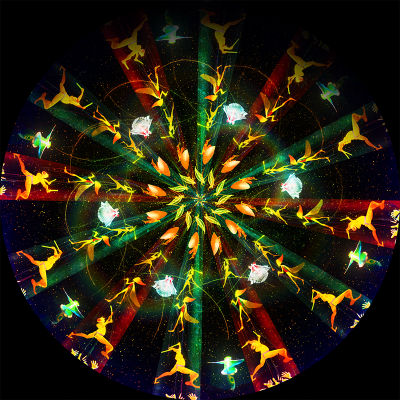
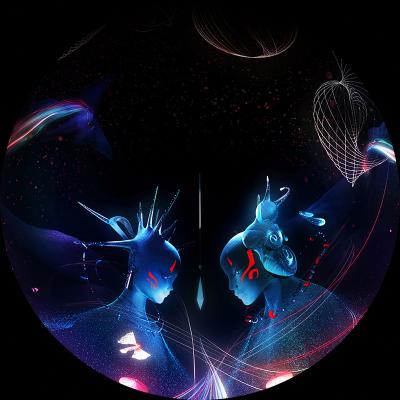
Creators and artists from Japan and Brazil were brought together to produce the project, and the original plan was to session and record with Brazilian musicians and performers. Due to COVID-19, all production and recording was done remotely, and we collaborated with Brazilian artists for some of the videos. All of the CG parts were produced by Japanese artists.
LB: You worked with LIL and Director Daisuke Hashimoto. Tell us about that.
Sato: After returning to Japan, I had a chance to work with members of LIL, including Daisuke Hashimoto. I formed my OTAS.TV team in late 2017, and three years later my teammate Kubota-san [Ayana Kubota] worked with LIL as a CG artist. Her performance was so highly regarded, we were asked to participate in the Sky Bridge project.
Mr. Hashimoto works mainly in the world of projection mapping and XR beyond TV and PC screens. He has a unique worldview and has created many wonderful works. Normally, I focus on the creative side, but I had many other projects on my plate, so Mr. Hashimoto was the director and art director. I supported the project on the side, attending the meetings to ensure smooth production while providing technical support to Kubota-san.
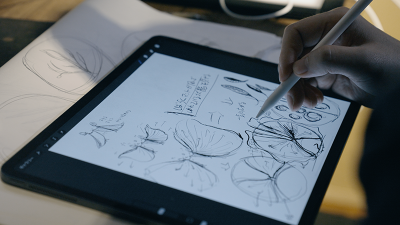
Ayana Kubota: Mr. Hashimoto is very frank and easy to talk to, and I enjoyed our meetings. When I didn't understand something, he would explain it to me in detail until I understood. He has a firm axis in his thinking, and I respect him. I also learned a lot by absorbing new ideas and knowledge. I would like to work with him again.
Sato: When Kubota-san joined the OTAS.TV team, she had not been exposed to C4D and was primarily an After Effects and Particular artist. The ease of C4D combined well with her ability to learn fast, and she became proficient quickly. I helped her a little with the technical aspects of the Sky Bridge project, but she was able to use her previous learning and experience at OTAS.TV to complete the first half of the Sky Bridge project almost entirely by herself.
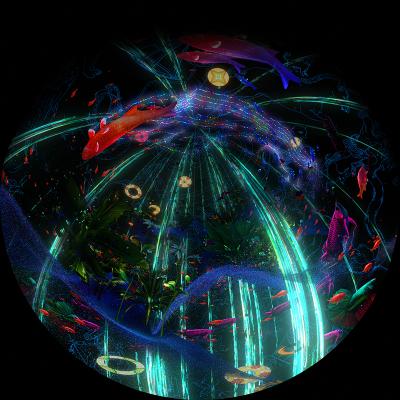
LB: Describe how you used Cinema 4D and Redshift.
Kubota: Being able to fine-tune the lighting in Redshift had a significant positive impact on this work because we were able to adjust lighting intuitively and beautifully. Also, I was initially concerned about compatibility with X-Particles, but it worked well and saved me a lot of trouble.
Redshift's object tags made it easy to turn each object on and off, which was very helpful when rendering in parts. And the ability to batch render with the render queue allowed me to work on other productions at the same time since I didn't have to keep hitting the render button over and over again.
LB: What roadblocks or challenges did you and the team encounter along the way?
Sato: I usually participate in relatively short projects, such as part of a movie title sequence or TV commercials, so I was unfamiliar with the burden of rendering over 10,000 frames, including comping. Fortunately, I had been preparing our rendering environment so we could provide high-quality CG as quickly as possible.
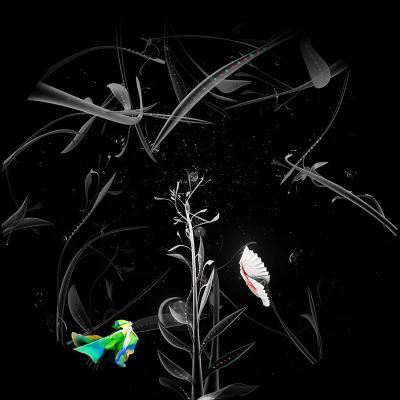
Kubota: The most difficult part of this project was the length of the film. The project was to be shown on the big screen of a planetarium, so the quality needed to be high. We also used crypto maps, but many renders had to be split into separate parts, such as particles and individually lit pieces that we had to readjust many times.
Also, the production method was completely different when we shifted from the planetarium video to VR video production. There were many new R&D and reproduction parts to the project, and it took a lot of time. From start to finish, the whole project took about six months.
LB: What’s next for you and the OTAS.TV team?
Sato: My team members and I are very grateful to have been involved in various productions. The world has changed dramatically since 2020, and there have been many changes in the creative environment. We would like to maintain our existing relationships while refining our unique expressions.
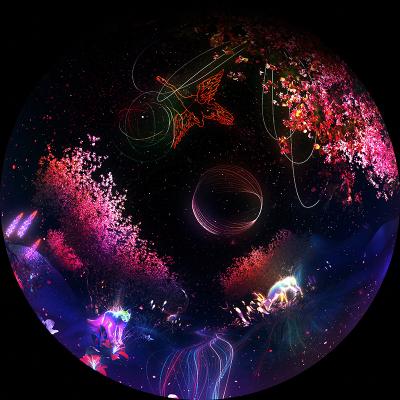
I also hope we can continue to take on new challenges in the future. As technology evolves and the production environment changes, it is important for us to learn and enjoy what we’re doing while continuing to create our studio’s work and personal projects.
Logan Baker is a writer based in Denver, Colorado